Mirror Signal Manoeuvre is the first thing you should learn when starting to drive.
In the Philippines, it seems many drivers and riders have never learnt the first step of learning to drive, or if they have they forget to use it.
How often do you have to brake because a motorcycle pulls in too soon when they overtake? It happens a lot and it happens because they guess when they are past rather than check their mirrors.
How often do drivers pull away and nearly hit you because they failed to check their mirror before pulling away? Jeepney, Bus and Tricycle drivers are the worst offenders.
How often do you see drivers or riders change lanes and nearly get hit? Motorcycle riders are the worst offenders for this.
On a short 5km drive in the Philippines, you will see the above happen many times and it could be avoided if people used Mirror Signal Manoeuvre.
Mirror Signal Manoeuvre Meaning
What Mirror Signal Manoeuvre means is every time you are about to make a manoeuvre when driving you should check your mirrors first then signal that you are about to manoeuvre.
How Often Should You Use Your Mirrors
The answer is all the time, you should always be aware of the vehicles behind you.
Every few seconds you should have a quick glance in your mirrors.
If you are teaching someone to drive a good way to teach the student to use their mirrors enough is to ask them what colour the car behind them is, they should be able to answer without checking the mirrors again.
When taking a driving test in many countries if the examiner does not see your eyes checking the mirrors a lot you will fail the driving test.
The main times to use your mirrors are every time before you make a manoeuvre, and every time you slow up or stop.
What Mirror to Use.
Use all your mirrors every time before you manoeuvre, in a car check all three mirrors before every manoeuvre, in truck, van, Tuk Tuk or on a motor Motorcycle check both mirrors.
A quick glance at all mirrors should be carried out before every manoeuvre, and they should be checked regularly while driving.
While we have already stated you should check all mirrors when making any manoeuvre you should take an extra good look in the mirror on the side you are going to manoeuvre to.
For example, if turning left have a quick check of all mirrors and then check your left mirror carefully and then check it again.
If you are turning right again check and all mirrors and then check very carefully your right side mirror and check it again.
Why Use Your Mirrors When Slowing Down and Stopping
I have had people ask me why they should use their mirrors when stopping, the answer is simple it is firstly for your own protection. And secondly to protect the person behind you.
While legally it is the person following duty to stop or avoid you when you slow down or stop you should never presume they will.
Maybe the driver of the vehicle has been distracted or is not paying attention to the road in front of him, so it is good to check your mirrors before stopping to make sure he is aware of what you are doing.
There have been many times where I would have been rear-ended if I was not checking my mirrors and often I have avoided it by pulling just a metre forward. I could tell they were driving too fast to stop so I pulled forward to give them more room to stop.
This is why when you stop you should always leave a space between you and the vehicle in front of you.
Signal Then Use Your Mirror Again.
Since the 1950s road safety and driving instructors have been promoting Mirror Signal Manoeuvre, However, it is not strictly true.
When taking my Heavy Goods Vehicle Test and when doing Defensive Driving Courses I was taught Mirror, Signal, Mirror Again, Manoeuvre.
Why Mirror again? Cars, Motorcycles etc. accelerate far faster now than they used to in the 1950s, so in the time it takes to signal a vehicle could suddenly appear beside you.
Checking the mirror again you can see if vehicles behind you have noticed your signal and taking the action they need to take.
In the Philippines, it is even more important to check your mirrors after signalling as many drivers ignore signals and others that have a very bad driving attitude take them as a signal to speed up to prevent you from making your manoeuvre.
See What Happens When a Driver Ignores a Signal and why you should check mirrors again
Now you know the Mirror Signal Manoeuvre Meaning make sure you carry it out without fail. To be blunt if you do not do it you should not be on the road as you are putting yourself and other road users in danger.
FAQ: For Mirror Signal Manoeuvre
Q: What is the article “Mirror Signal Manoeuvre: The Most Basic Part of Driving” about?
A: The article explains the importance of the “Mirror, Signal, Manoeuvre” routine in driving and provides an in-depth understanding of each step
Q: Why is the “Mirror Signal Manoeuvre” routine important?
A: This routine helps drivers maintain awareness of their surroundings, communicate their intentions to other road users, and execute manoeuvres safely and effectively.
Q: What does “Mirror” refer to in the routine?
A: “Mirror” refers to checking the vehicle’s mirrors to assess the current traffic situation, including the positions and movements of other vehicles around you.
Q: How many mirrors should a driver check during the “Mirror” step?
A: Drivers should check all relevant mirrors, which typically include the rear-view mirror and the side mirrors.
Q: What should drivers look for when checking their mirrors?
A: Drivers should look for approaching vehicles, motorcycles, bicycles, pedestrians, or any potential hazards in their mirrors.
Q: What is the purpose of the “Signal” step?
A: The “Signal” step involves using indicators or turn signals to communicate your intentions to other road users.
Q: When should drivers use their indicators or turn signals?
A: Indicators should be used in advance of making any manoeuvre, such as changing lanes, turning, or merging into traffic.
Q: Why is signalling important?
A: Signaling helps other road users anticipate your actions, promoting safer interactions and reducing the risk of accidents.
Q: What does “Manoeuvre” refer to in the routine?
A: “Manoeuvre” refers to the physical execution of a driving manoeuvre, such as changing lanes, making a turn, or overtaking another vehicle.
Q: How should drivers execute a manoeuvre safely?
A: Drivers should ensure they have checked their mirrors, signalled their intentions, and assessed the traffic situation before smoothly and confidently executing the desired manoeuvre.
Q: Are there any specific tips mentioned in the article for each step of the routine?
A: Yes, the article provides detailed tips and guidelines for each step of the “Mirror, Signal, Manoeuvre” routine to help drivers develop good driving habits and enhance their overall road safety.
Q: Is the “Mirror, Signal, Manoeuvre” routine applicable in all driving situations?
A: Yes, the routine is fundamental to safe driving and should be followed in various driving scenarios, including city driving, highway driving, and during complex manoeuvres.
Q: How can I improve my skills in performing the “Mirror, Signal, Manoeuvre” routine?
A: The main thing is do it every time you make a manoeuvre until it becomes a habit, even do it when the road is empty at night until it becomes automatic. The article suggests practising the routine consistently, seeking guidance from experienced drivers or driving instructors, and staying updated with traffic rules and regulations.
In Part 2 we will talk about signalling.
Mirror Signal Manoeuvre The Correct Way To Drive Part 2 Signal
The Author’s extensive experience in driving, coupled with their comprehensive knowledge of the Vienna Convention on Road Traffic and the Vienna Convention on Road Signs and Signals, makes them exceptionally well-versed in road regulations and practices. With over 30 years as a professional Heavy Goods Vehicle Driver, accumulating over 5 million kilometers on the road, they possess a wealth of practical understanding in navigating various driving conditions and scenarios.
As signatories to the Vienna Convention, the countries where The Author has driven, including the Philippines, adhere to the same set of rules and regulations. This common legal framework ensures consistency in road governance across these nations, enabling The Author to apply their knowledge and experience seamlessly across different regions.
Moreover, The Author’s participation in various driving courses, such as safe driving, defensive driving, advanced driving, and fuel-saving techniques, has further enhanced their expertise. This comprehensive training equips them with specialized knowledge and skills to ensure a high level of competence and safety on the road, while also aligning with the principles outlined in the Vienna Conventions.
In addition to their driving experience, The Author’s dedicated research spanning four years on the laws pertaining to Three-Wheelers in the Philippines demonstrates their commitment to understanding and promoting road safety within the specific context of the Philippines. This focused exploration allows them to stay up-to-date with any unique regulations or considerations that may exist alongside the overarching principles established by the Vienna Conventions.
Overall, The Author’s extensive driving experience, combined with their comprehensive knowledge of the Vienna Convention on Road Traffic and the Vienna Convention on Road Signs and Signals, positions them as an authority in road regulations and safety. Their expertise and dedication make them invaluable in promoting responsible and informed driving practices, both locally in the Philippines and across countries that share the same legal framework.
What Gasoline you Should Use in a TVS King (TVS King Gasoline)
TVS King Gasoline what grade you should be using In the Philippines, there seems to…
8 TVS King Myths Debunked – The Truth
There are a lot of TVS King Myths going around which only goes to show…
Buying a Tuk Tuk? 10 Great Reasons to buy from Tuk Tuk 3-Wheelers
Buying a Tuk Tuk from Tuk Tuk 3-Wheelers Buying a Tuk Tuk is a big…
Why Engines that use 20W40 Oil Give Better Performance
When it comes to 20W40 vs 20W50 Oils we first need to point out that…
TVS King Deluxe Review – How Good is It?
When we approached TVs so we could do a TVS King Deluxe Review for our…
TVS King Oil – What Oil Should You Use
TVS King Oil – Recommended Oil for TVS King One of the most asked questions…
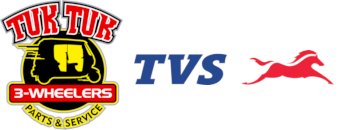
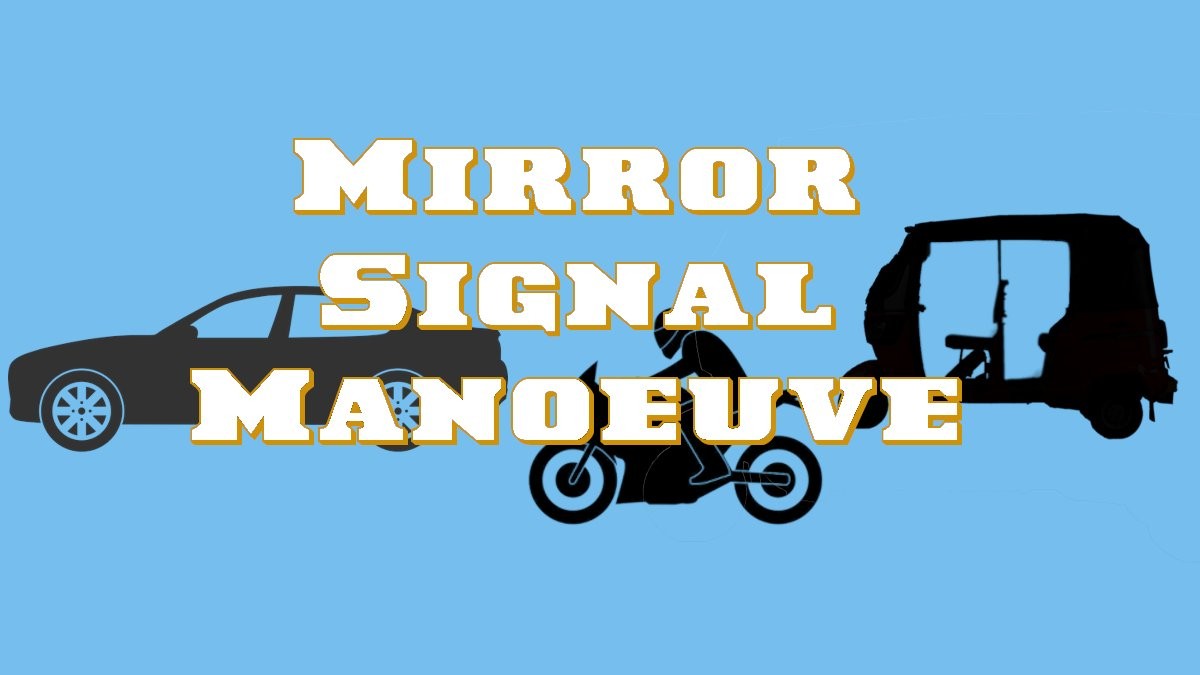
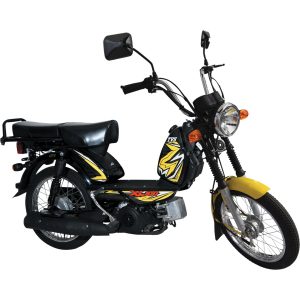
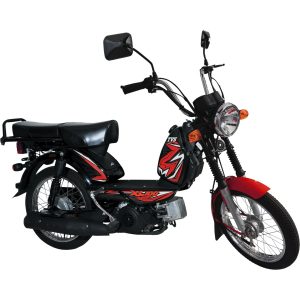

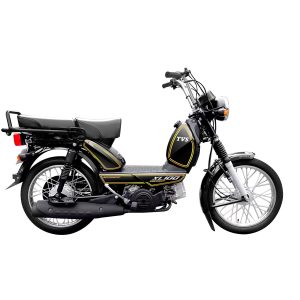
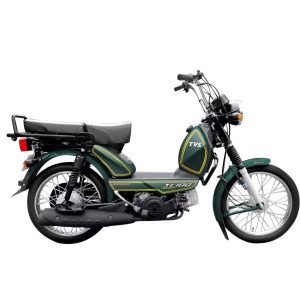
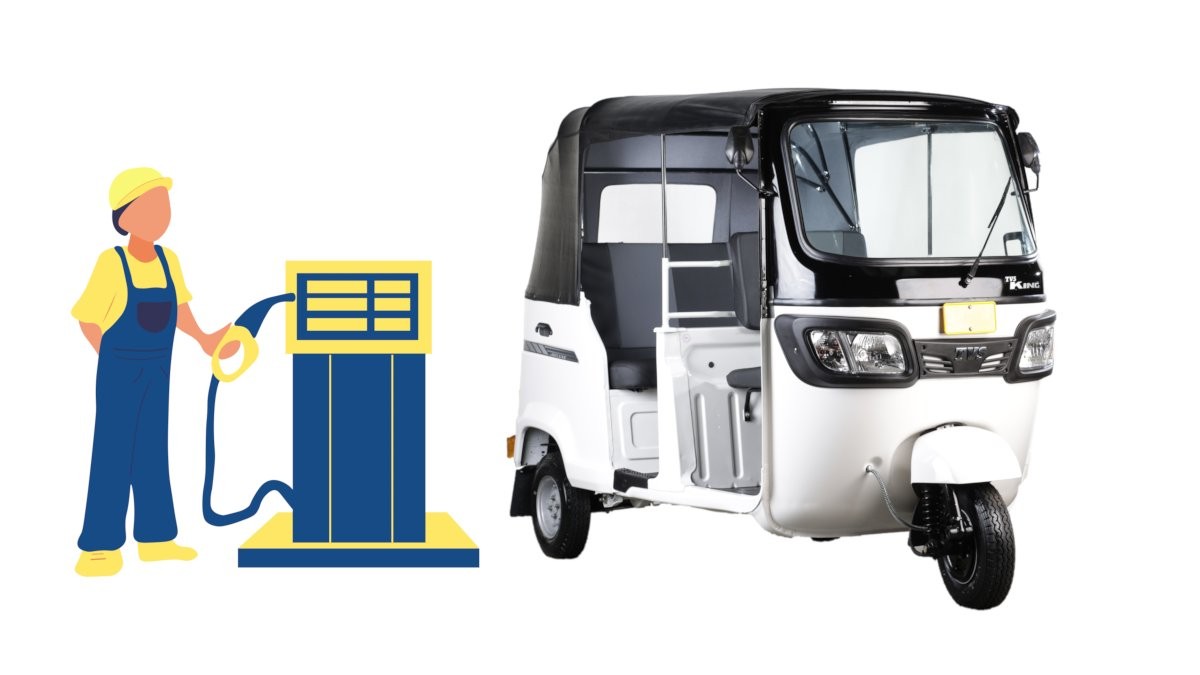
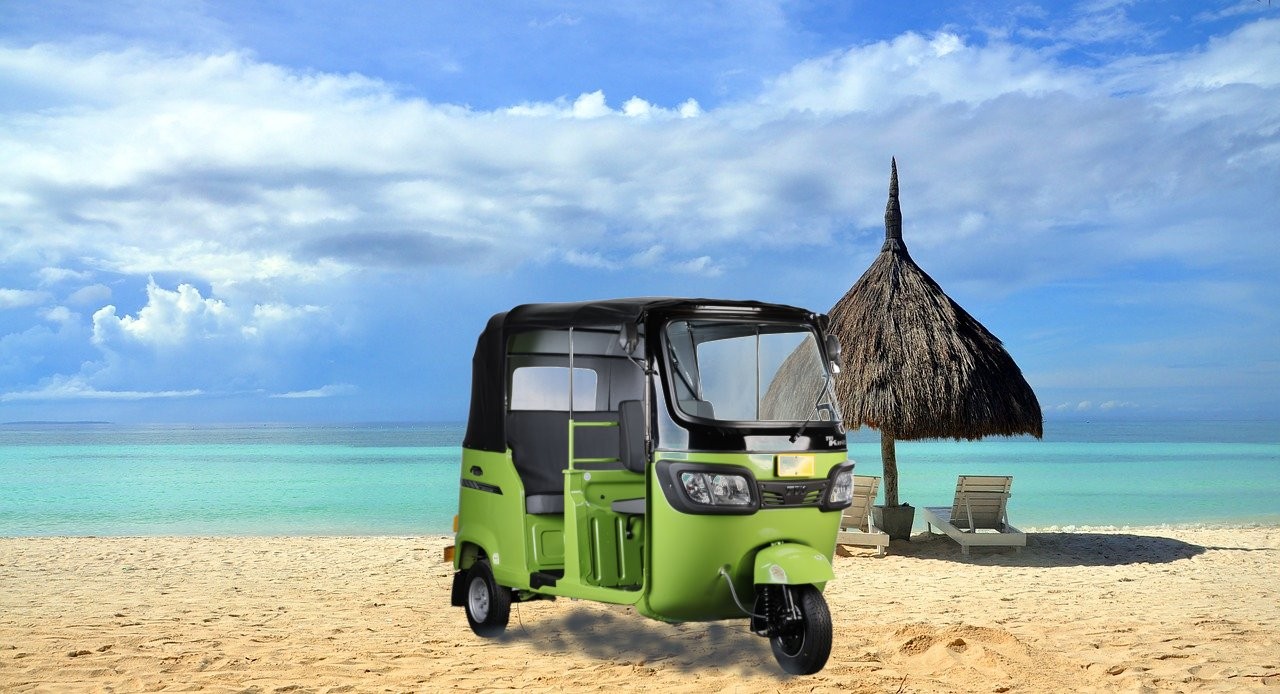

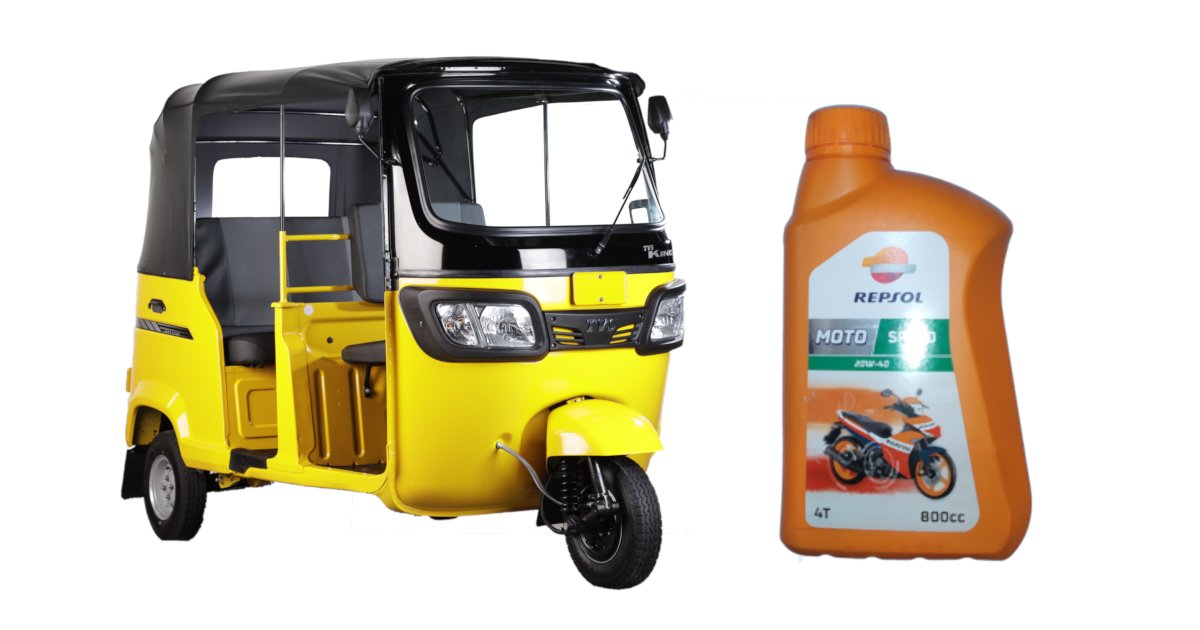
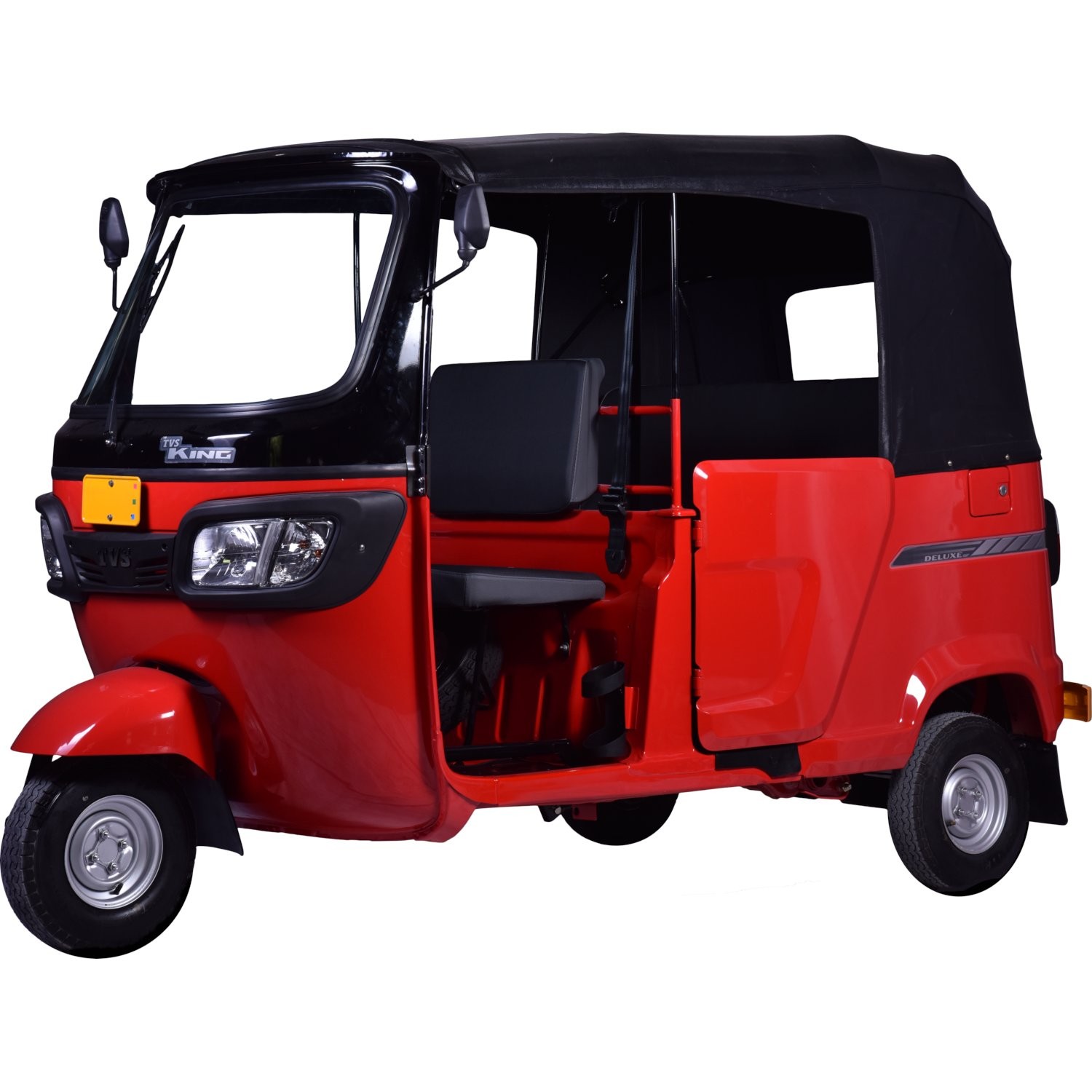
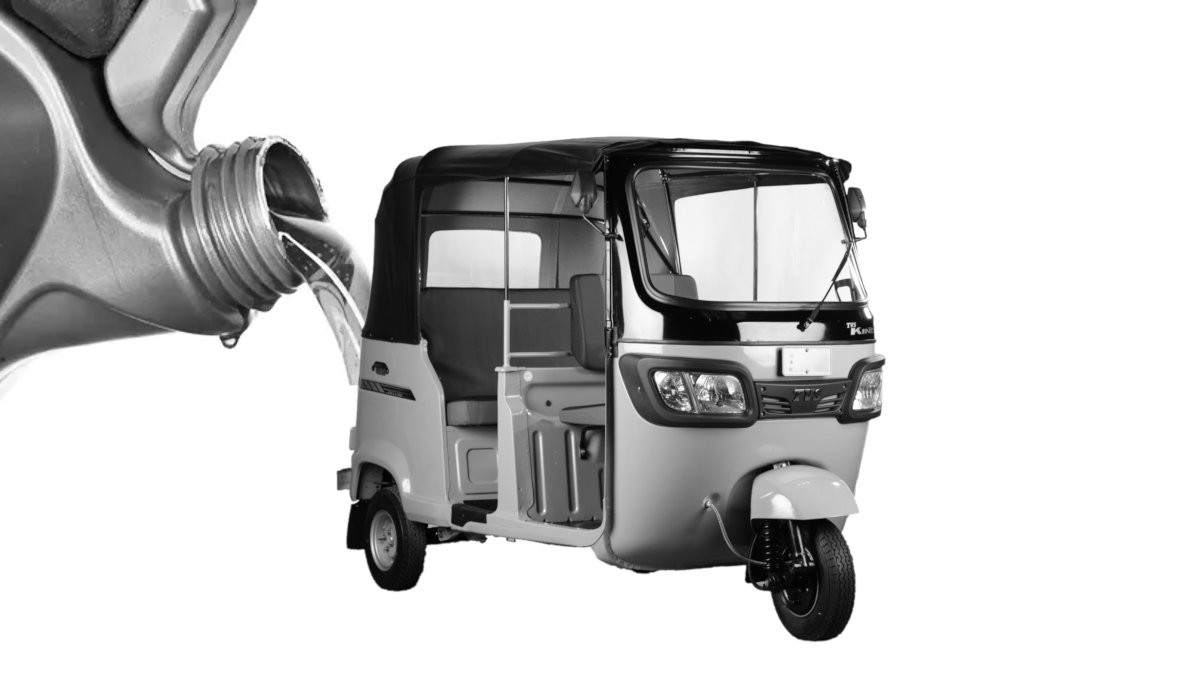

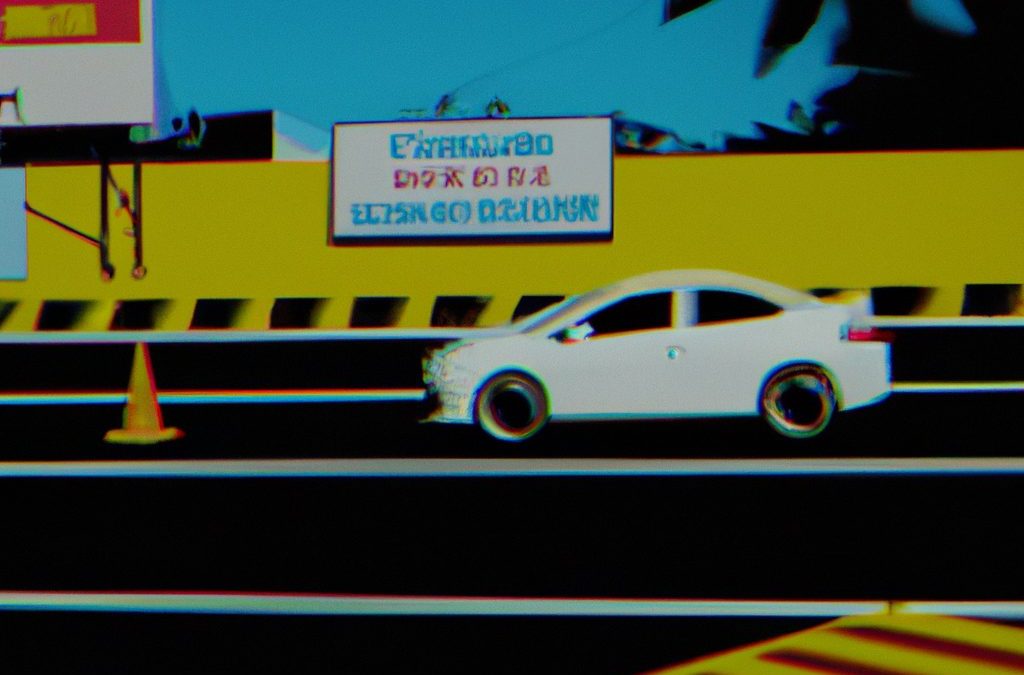

Thank you for sharing such valuable knowledge! This is an excellent site, and I truly appreciate the great content. Your insights and expertise are remarkable, and it’s great to see you sharing them with others. Please continue to support us by recommending the top driving lessons in Rainham by Boss Driving.
top driving lessons in Rainham by Boss Deriving